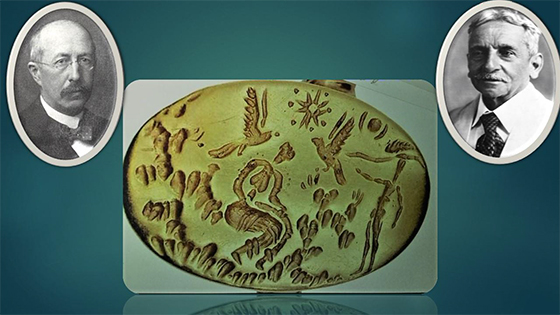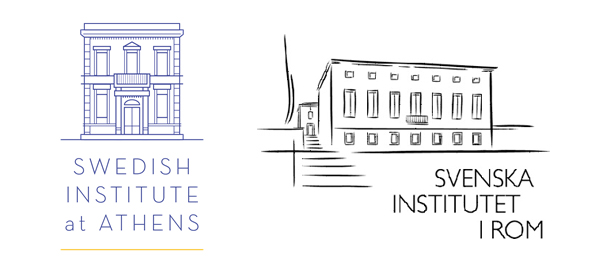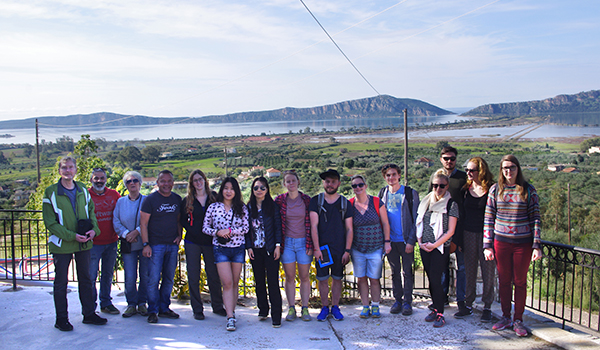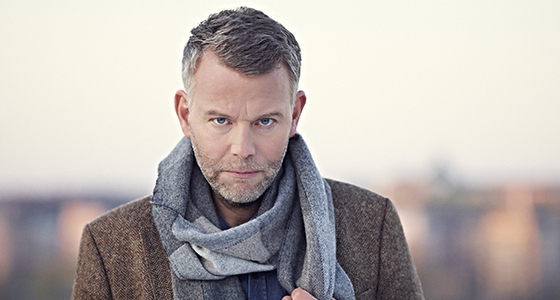Intresseanmälning av tematisk kurs på avancerad nivå vid Svenska institutet i Athen 2019
I samarbete med något lärosäte i Sverige ger Svenska institutet i Athen vartannat år en tematisk kurs på avancerad nivå om 7,5 hp med plats för tio studenter inom humaniora och samhällsvetenskap. Liksom vid flera tidigare tillfällen, inbjuder institutet härmed institutioner i Sverige att anmäla intresse för att ge en sådan kurs under 2019 i samarbete med institutets personal.
Kursen måste på något vis anknyta till institutets uppdrag och verksamhet samt ämnesmässigt vara av en sådan karaktär att den måste ges på plats i Athen. Likaså bör den skilja sig från den arkeologiska kursen och istället ha tydligt tvärvetenskaplig inriktning. Finansieringen av kursen sker genom att institutet bidrar med boende, resor och lärartimmar till en kostnad ej överstigande 100 tkr. Institutionen, å sin sida, bidrar med administration (utlysning, registrering, rapportering) och lärartimmar. Kursen kan med fördel inledas och avslutas i Sverige enligt modellen 1+3+1 veckor, men det är inget krav.
Den inskickade intresseanmälan måste vara förankrad vid institutionen (prefekt och studierektor) och skall inkludera:
- Kortfattad kursbeskrivning (max. 1 sida)
- Översiktligt schema (max. 2 sidor)
- Budgetförslag dimensionerat utifrån tio kursdeltagare och en eller två lärare (max. 1 sida)
Intresseanmälan skickas som ett dokument senast den 15 januari 2018 per e-post till styrelsens sekreterare Michael Lindblom: michael.lindblom@antiken.uu.se.
Uppsala 2017-12-05





